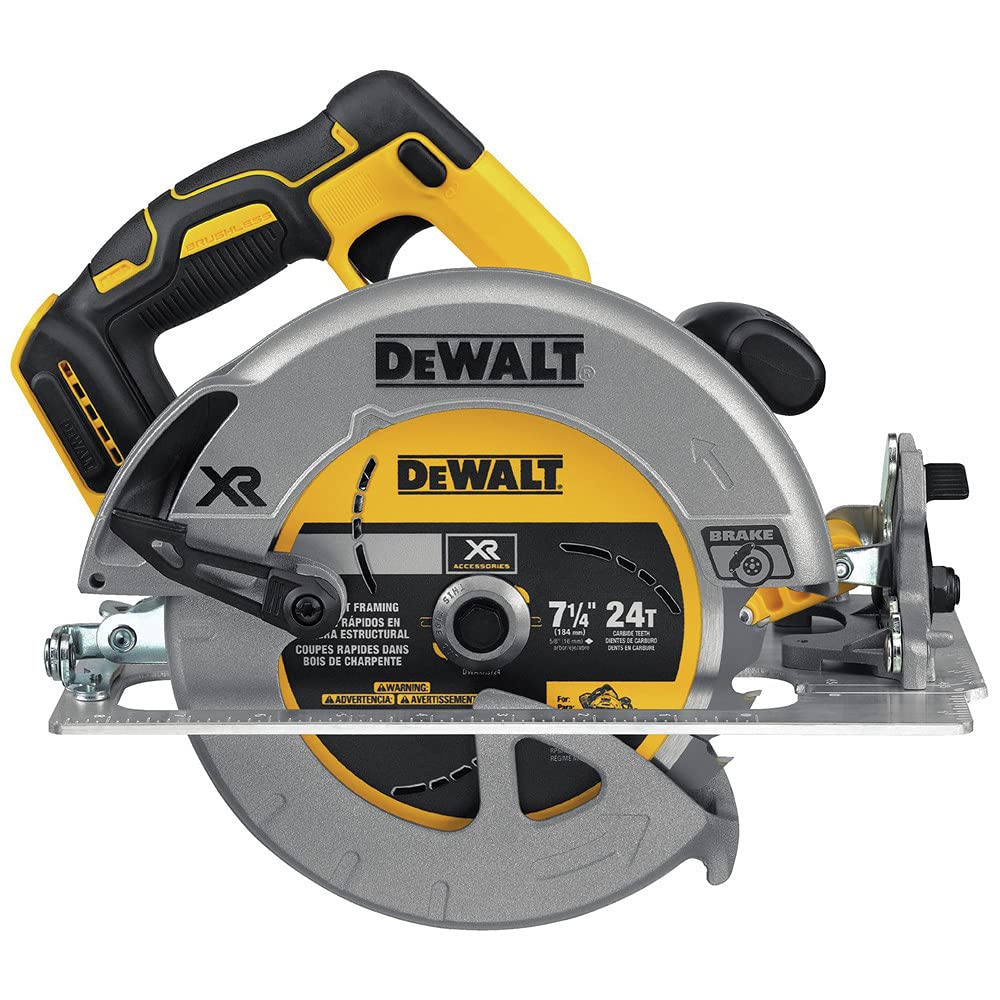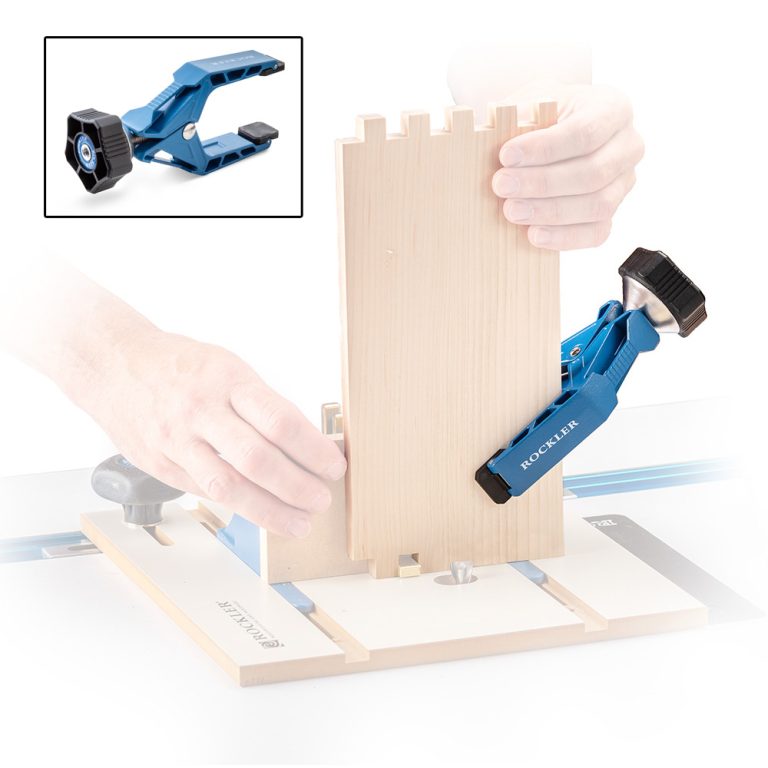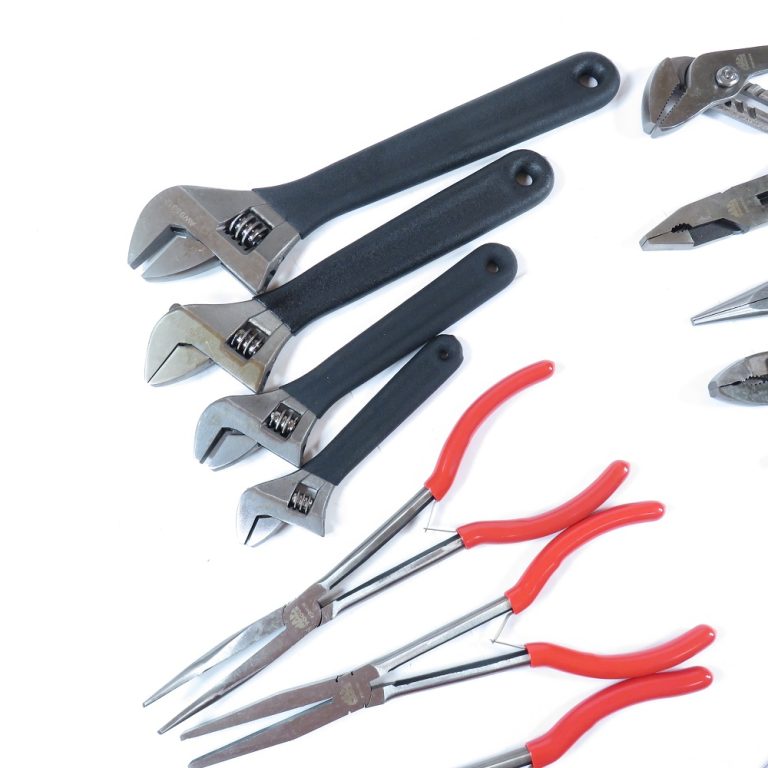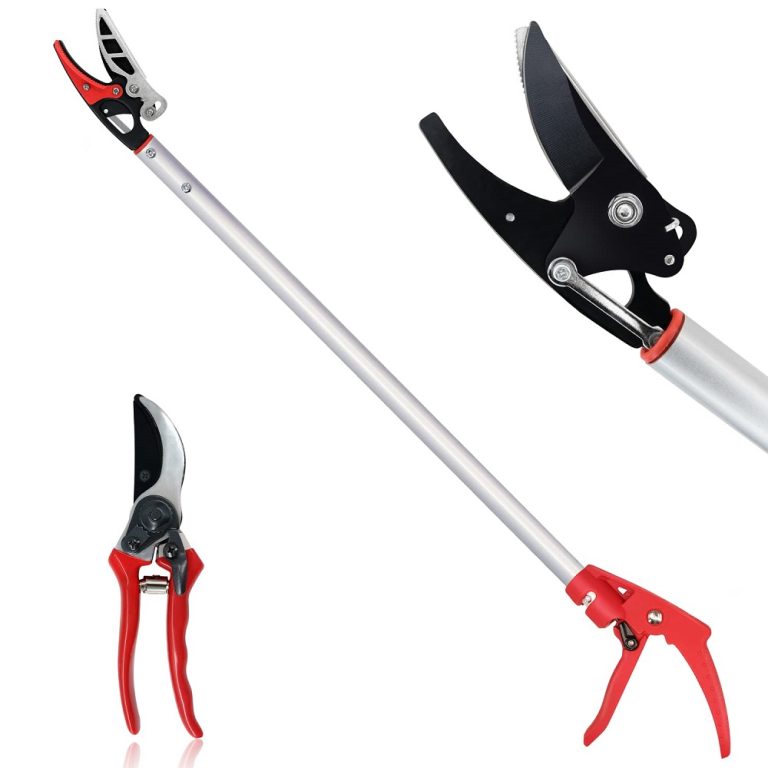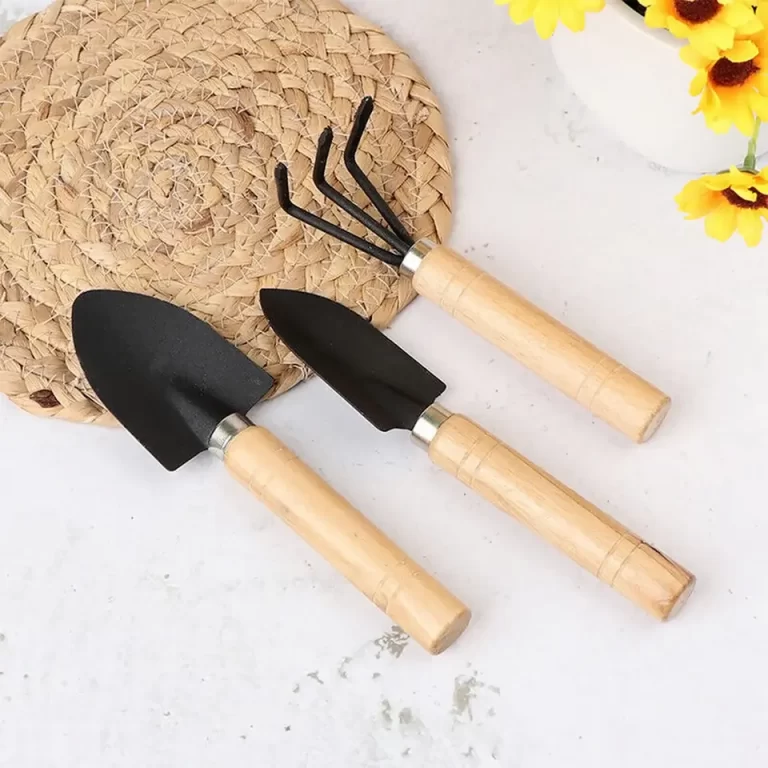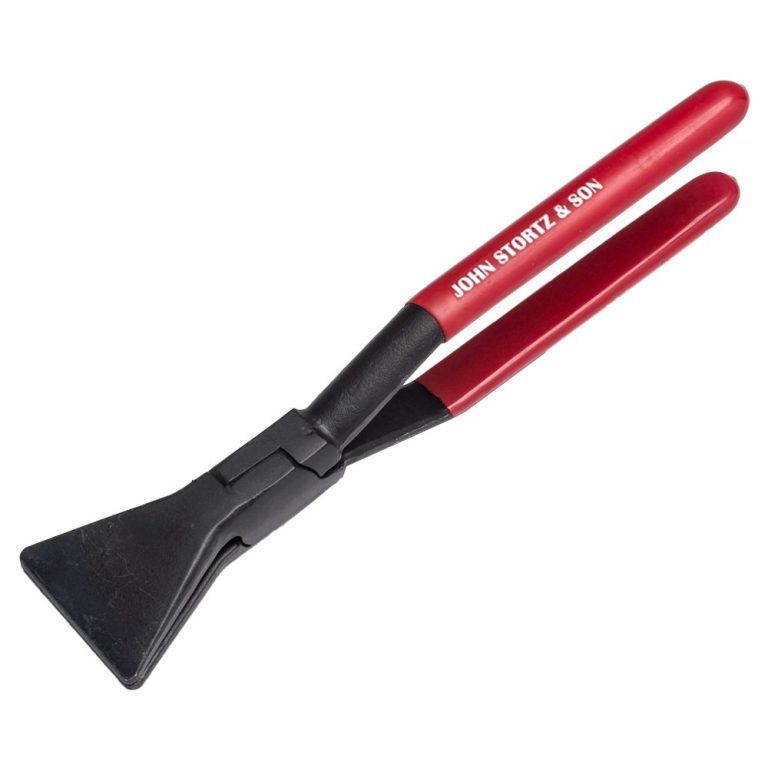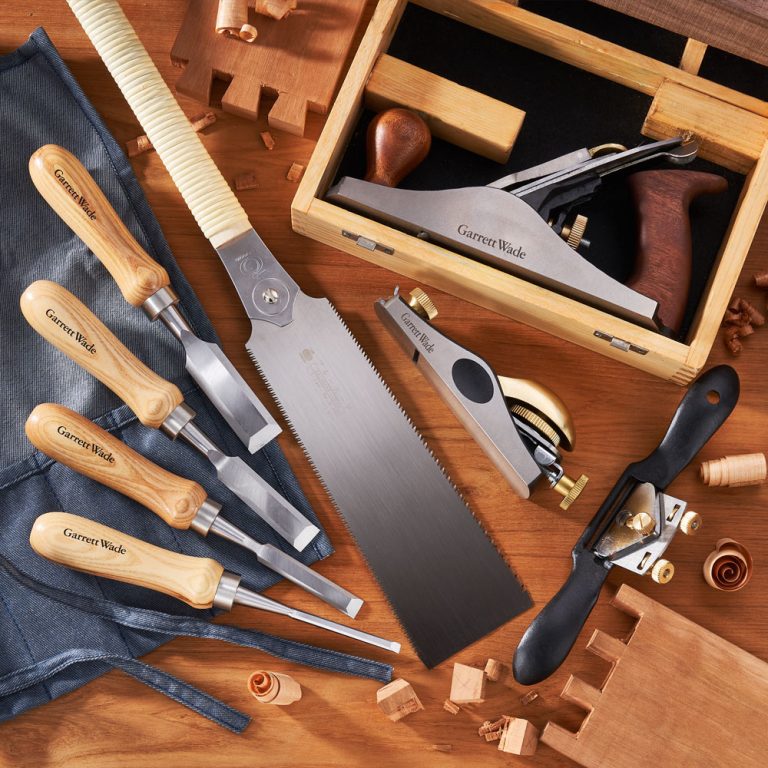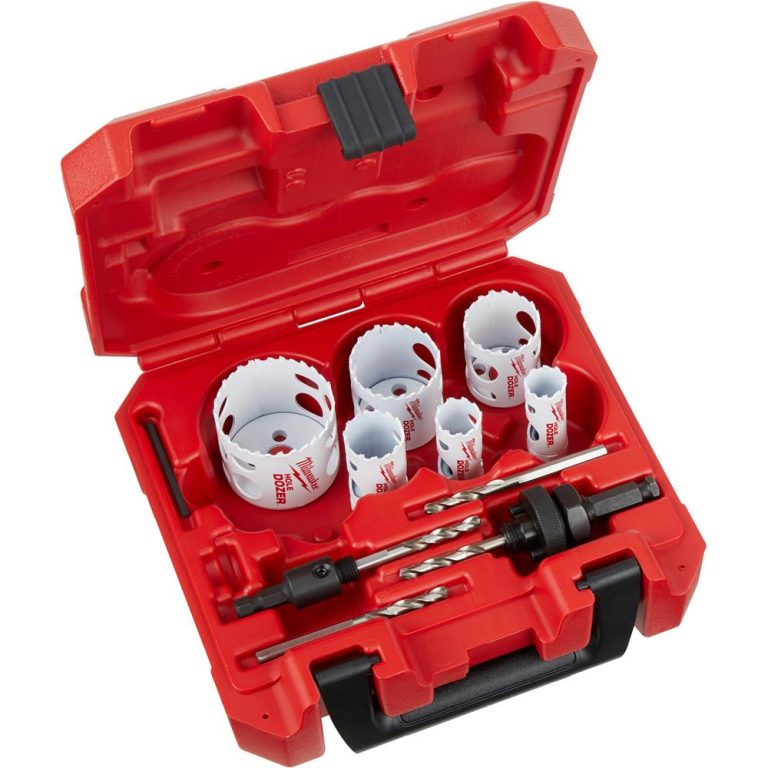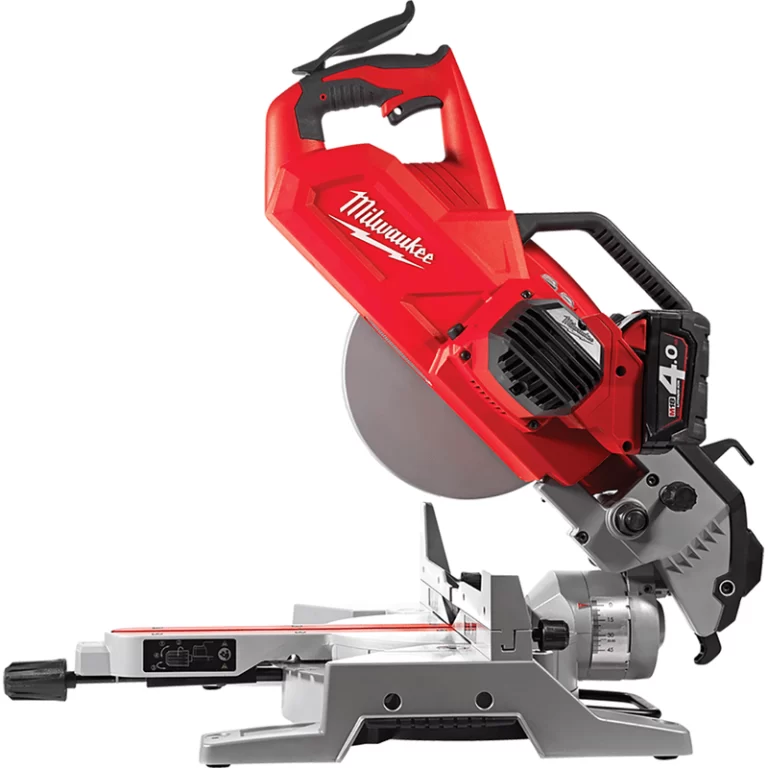The Evolution of Cordless Circular Saws
The journey of cordless circular saws has forever altered carpentry. Not long ago, the limitation of power in cordless tools made them a rare sight on professional job sites. Through relentless innovation, these tools are now at the forefront of carpentry tech. As power tools have evolved, so have cordless circular saws, becoming a staple in the toolkits of both DIY enthusiasts and expert craftsmen.
Advancements in Battery Technology
Early models of cordless circular saws often struggled with stamina. Today’s saws, however, benefit from batteries that pack more punch and last longer. Lithium-ion batteries, with high-energy density, are common in the most current models. This leap in battery technology has made these saws more reliable and efficient, cutting downtime and boosting productivity.
The capacity and charging speed of batteries have also seen major improvements. The batteries today can power saws for several hours and recharge swiftly. This ensures less waiting and more working, which is crucial for professionals.
Motor Innovations and Brushless Motors
Motors in cordless circular saws have undergone their own revolution. Brushless motors are now leading the charge, offering greater power and longevity than their brushed counterparts. These motors have fewer moving parts, which means less wear and a lower need for maintenance.
Brushless motors also optimize battery use. They adjust the power based on the task, which preserves battery life. This results in longer run times and a more controlled cutting experience. With such innovations, cordless circular saws have become more powerful and efficient, rivaling corded saws in performance.
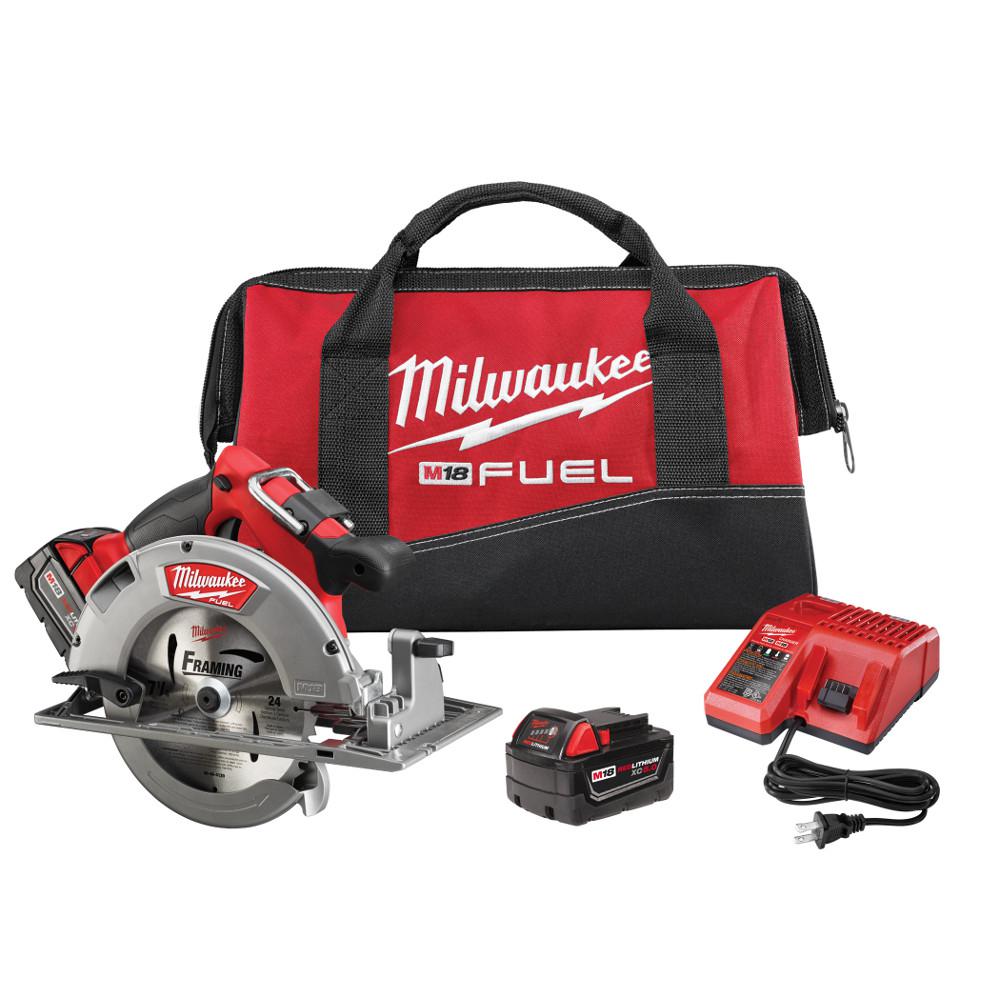
Key Features of Modern Cordless Circular Saws
Modern cordless circular saws come loaded with features that cater to precision, ease of use and safety. Each feature plays a part in delivering a seamless cutting experience. We’ll delve into some key aspects, like power and performance, blade diversity, and ergonomic design.
Power and Performance
Today’s cordless circular saws boast impressive power that rivals corded alternatives. They cut through materials with ease thanks to advanced brushless motors. This ensures that regardless of the workload, the saws operate efficiently. Users can rely on consistent performance across a range of cutting tasks.
Blade Types and Their Uses
The blades of cordless circular saws come in various sizes and styles. Each is suited for different materials and cuts. For instance, fine-toothed blades excel at clean cuts in wood, while coarse-toothed blades are ideal for fast cutting. Specialty blades can cut through metal and masonry, expanding the versatility of cordless circular saws.
Safety Features and Ergonomics
Safety is paramount in power tools, and cordless circular saws have evolved to include several features. These can include electric brakes, which quickly stop the blade’s rotation. Ergonomics also play a critical role. Lightweight designs, comfortable grips, and balance ensure users can operate the saws for extended periods without fatigue. This careful design helps to prevent accidents and improves the overall user experience.

Comparing Cordless vs. Corded Circular Saws
When choosing a circular saw, the debate between cordless and corded models is inevitable. This comparison will focus on aspects like portability, power, and battery life to guide your decision.
Portability and Convenience
Cordless circular saws win hands down in portability. Their cord-free design means you can carry them anywhere. No looking for outlets or dealing with tangled cords. This makes them ideal for job sites without easy access to power.
Power Output Comparison
Corded circular saws historically had more power. However, with advancements, cordless models now offer similar power but with added benefits. They deliver ample power for most tasks without the limit of a power cord.
Working Duration and Battery Life
Battery life has been a concern for cordless saw users. But, enhanced battery technology allows longer use. Some cordless circular saws work for hours on a single charge, rivaling the consistent power supply of corded saws.
Top Cordless Circular Saws in 2025
In 2025, several models stand out in the world of cordless circular saws. Leading brands have surpassed expectations, blending power, precision, and convenience into their models. This year’s top cordless saws reflect the best in innovative design and technology.
Industry Leaders and Innovators
Brands such as DeWalt, Makita, and Milwaukee continue to dominate the market as industry leaders. Innovations in battery life and motor efficiency spotlight these brands. They focus on the user’s need for tools that can keep up with demanding projects.
Newcomers are also making waves, introducing saws with advanced features. These companies challenge the status quo, pushing for progress in the cordless power tool arena.
Models with the Best Reviews
Customer and expert reviews highlight several models for their stellar performance. Saws with long-lasting batteries and fast charging times often top the lists. Users praise saws that maintain power and accuracy during extended use.
Models with user-friendly features, such as easy-to-change blades and comfortable grips, also receive high marks. These features help ensure the saws are not just powerful but also a pleasure to use.

Accessories and Attachments for Enhanced Functionality
To make the most of cordless circular saws, accessories and attachments play a key role. They enhance accuracy, safety, and the overall cutting experience. Looking at additional tools can improve your project’s outcomes.
Guide Rails and Laser Guides
For straight, precise cuts, guide rails are indispensable. They provide stability and improve cut accuracy. Paired with a cordless circular saw, guide rails ensure your lines remain true. Laser guides also offer precision. They project a bright line on your workpiece, indicating exactly where the blade will cut. This visual aid is especially helpful in less-than-ideal lighting conditions or for complex patterns.
Dust Collection Systems
Cutting can create a lot of dust, which is not just a mess but a health risk. Dust collection systems are vital accessories. They suck up dust as you cut, keeping your workspace clean and your air clear. This is critical for prolonged use and for those with dust sensitivities or allergies. Efficient dust systems contribute to tool longevity and a cleaner work environment.

Maintenance Tips for Your Cordless Circular Saw
Proper upkeep is essential for optimizing the performance and extending the lifespan of cordless circular saws. Let’s explore some effective maintenance practices focusing on battery care, storage, and blade maintenance.
Battery Care and Storage
A key aspect of maintaining your cordless circular saw is caring for its battery. Here are tips for battery maintenance:
- Charge batteries before they are completely drained to extend their life.
- Store batteries in a cool, dry place away from direct sunlight and extreme temperatures.
- Keep the battery contacts clean and free from debris to ensure a good connection.
- Avoid leaving batteries in the charger once they reach full charge.
By following these guidelines, you can help ensure that your batteries remain efficient and ready to power your projects.
Blade Maintenance and Replacement
Blades are the workhorse of your saw and require regular attention. For optimal cutting and safety, consider these tips:
- Inspect blades before use for any signs of wear or damage.
- Clean blades after each use to prevent buildup that can affect performance.
- Sharpen or replace dull blades to maintain clean and accurate cuts.
- Use the correct blade type for the material you are cutting to reduce wear.
Regular blade care keeps your cuts precise and can prevent accidents caused by dull or damaged blades.

Future Trends in Cordless Circular Saw Design
Looking to the future, cordless circular saw design seems to promise even greater breakthroughs. As we move forward, two main trends are set to define the next generation of these essential tools: technological integration and a shift towards sustainable materials and practices.
Technological Integration and Smart Features
The next wave of cordless circular saws is likely to be smarter. Manufacturers are investing in technology to enhance user interaction with the tools. Future models may feature digital displays that show battery life and power usage. Bluetooth connectivity could allow for remote adjustments and performance tracking. Smart saws may also offer diagnostic tools to prevent malfunctions.
Users can expect features like programmable settings for specific materials and jobs. This personalization will add precision to tasks, saving time and reducing waste. Tools with onboard computers could automate blade speed adjustments for optimal cutting. As smart homes become more common, cordless tools will likely follow suit, integrating seamlessly into the tech-driven environment.
Sustainable Materials and Circular Economy
Sustainability is a growing priority in tool manufacturing. As we become more eco-conscious, the demand for tools made from recycled or biodegradable materials will rise. Cordless circular saws could see a change in construction, using sustainable materials that maintain performance while reducing environmental impact.
The principle of a circular economy, where products are designed for a longer lifecycle and are recyclable at the end of their use, will influence design. Battery systems may evolve to be more eco-friendly, potentially using renewable energy sources. Saws themselves could be designed for easy disassembly, making recycling and repairing simpler. This not only benefits the planet but also provides cost savings to users.
By embracing these two trends, cordless circular saws will continue to evolve, offering smarter, more sustainable options for professionals and hobbyists alike.
